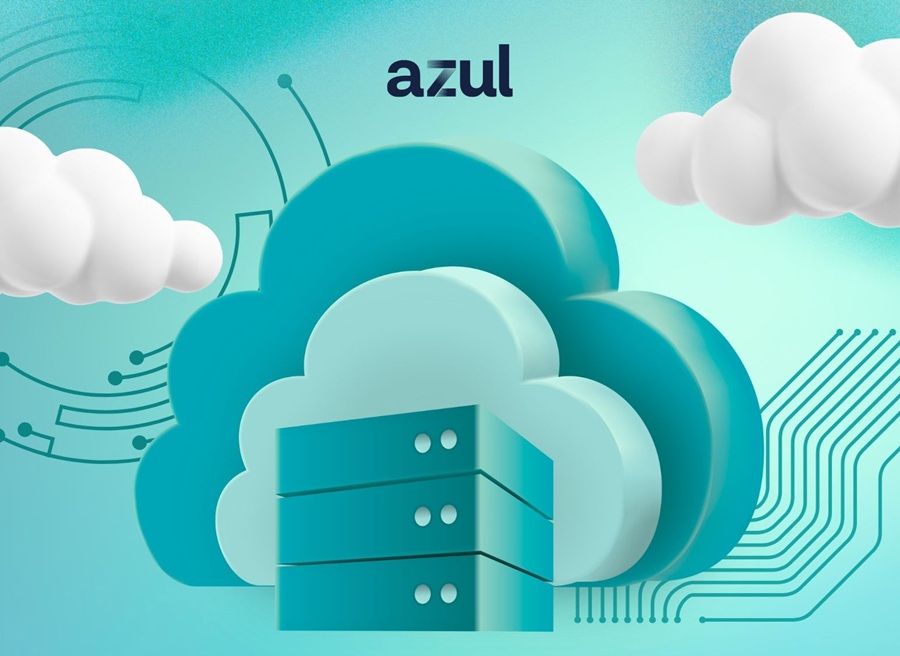SolarWinds announced the upcoming release of its purpose-built network monitoring solution, SolarWinds Network Performance Monitor (NPM), designed to deliver powerful and easy-to-use functionality out of the box with the power of customization to address scale and complexity of today's networks.
Networks have evolved from one-size-fits-all single vendor environments to a complex array of technologies, both physical and virtual, as well as specialized vendors. With this evolution, and the emergence of cloud computing, the job of the network engineer has become more complex. At the same time, the available staff and resources have been squeezed as businesses adjust to the current economic times.
By working closely with and listening to members of thwack, SolarWinds' online community made up of 100,000+ IT users, the company is able to prioritize the functionality that addresses the needs of users today and keep a pulse on the anticipated problems of tomorrow. This interaction with thwack members enables SolarWinds to ensure that NPM and its other products are designed to help IT pros do their jobs more efficiently and effectively.
IT pros want more than basic up/down statistics on all network devices. They want deeper, vendor-specific insight on different kinds of hardware and network services. In the last three releases of SolarWinds NPM, the company has added support for Cisco UCS, Cisco Nexus 1000v, Juniper, Meru Wireless Controller, JunOS, Netscreen, VMware vSphere and Microsoft Hyper-V.
The latest SolarWinds NPM will extend the view and support of more hardware and network services, including:
- F5 BIG-IP Application Delivery Controller and HP MSM760/765 wireless access controller support improves multi-vendor ease of use for heterogeneous networks.
- Hardware health monitoring delivers at-a-glance insight into the health network hardware by monitoring, alerting and reporting on the state of key device sensors including temperature, fan speed and power supply.
Combined with a comprehensive performance and health view, IT pros also need faster, more efficient ways to manage network issues.
The new SolarWinds NPM will help accelerate and simplify troubleshooting with improved data visualization and organization, including:
- Real-time, interactive drag-and-discover performance charts display key device performance statistics like interface throughput, CPU load, latency, packet loss, disk space used, and more.
- Multiple Universal Device Pollers (UnDPs) chart graphs and summarizes the results of a single UnDP for multiple nodes in one view.
- Audit Tracking logs, alerts and reports changes users make including node deletions and logins/logouts for compliancy.
Download a free 30-day evaluation trial of SolarWinds Network Performance Monitor
The Latest
As enterprises accelerate their cloud adoption strategies, CIOs are routinely exceeding their cloud budgets — a concern that's about to face additional pressure from an unexpected direction: uncertainty over semiconductor tariffs. The CIO Cloud Trends Survey & Report from Azul reveals the extent continued cloud investment despite cost overruns, and how organizations are attempting to bring spending under control ...

According to Auvik's 2025 IT Trends Report, 60% of IT professionals feel at least moderately burned out on the job, with 43% stating that their workload is contributing to work stress. At the same time, many IT professionals are naming AI and machine learning as key areas they'd most like to upskill ...
Businesses that face downtime or outages risk financial and reputational damage, as well as reducing partner, shareholder, and customer trust. One of the major challenges that enterprises face is implementing a robust business continuity plan. What's the solution? The answer may lie in disaster recovery tactics such as truly immutable storage and regular disaster recovery testing ...
IT spending is expected to jump nearly 10% in 2025, and organizations are now facing pressure to manage costs without slowing down critical functions like observability. To meet the challenge, leaders are turning to smarter, more cost effective business strategies. Enter stage right: OpenTelemetry, the missing piece of the puzzle that is no longer just an option but rather a strategic advantage ...
Amidst the threat of cyberhacks and data breaches, companies install several security measures to keep their business safely afloat. These measures aim to protect businesses, employees, and crucial data. Yet, employees perceive them as burdensome. Frustrated with complex logins, slow access, and constant security checks, workers decide to completely bypass all security set-ups ...

In MEAN TIME TO INSIGHT Episode 13, Shamus McGillicuddy, VP of Research, Network Infrastructure and Operations, at EMA discusses hybrid multi-cloud networking strategy ...
In high-traffic environments, the sheer volume and unpredictable nature of network incidents can quickly overwhelm even the most skilled teams, hindering their ability to react swiftly and effectively, potentially impacting service availability and overall business performance. This is where closed-loop remediation comes into the picture: an IT management concept designed to address the escalating complexity of modern networks ...
In 2025, enterprise workflows are undergoing a seismic shift. Propelled by breakthroughs in generative AI (GenAI), large language models (LLMs), and natural language processing (NLP), a new paradigm is emerging — agentic AI. This technology is not just automating tasks; it's reimagining how organizations make decisions, engage customers, and operate at scale ...
In the early days of the cloud revolution, business leaders perceived cloud services as a means of sidelining IT organizations. IT was too slow, too expensive, or incapable of supporting new technologies. With a team of developers, line of business managers could deploy new applications and services in the cloud. IT has been fighting to retake control ever since. Today, IT is back in the driver's seat, according to new research by Enterprise Management Associates (EMA) ...
In today's fast-paced and increasingly complex network environments, Network Operations Centers (NOCs) are the backbone of ensuring continuous uptime, smooth service delivery, and rapid issue resolution. However, the challenges faced by NOC teams are only growing. In a recent study, 78% state network complexity has grown significantly over the last few years while 84% regularly learn about network issues from users. It is imperative we adopt a new approach to managing today's network experiences ...

